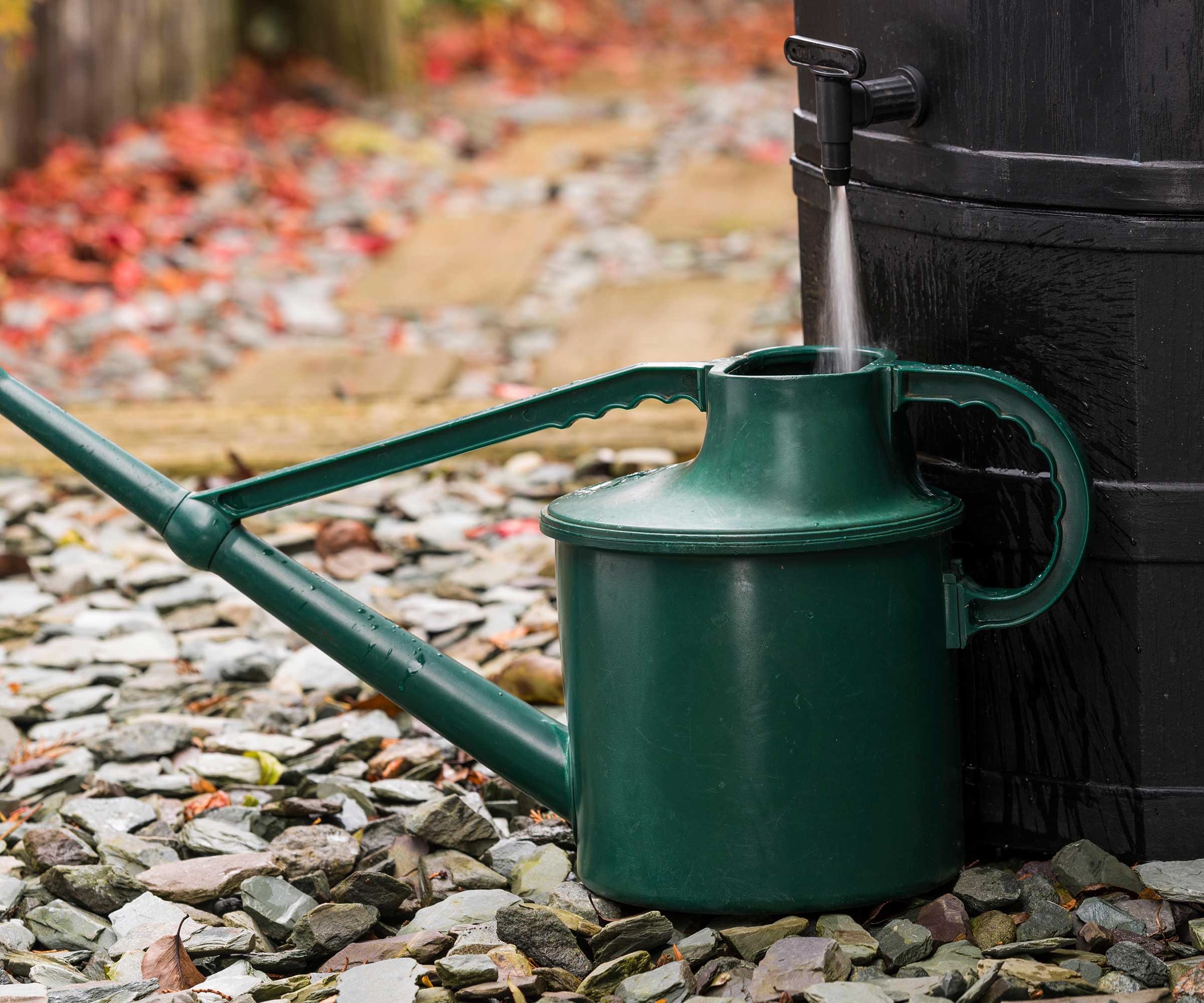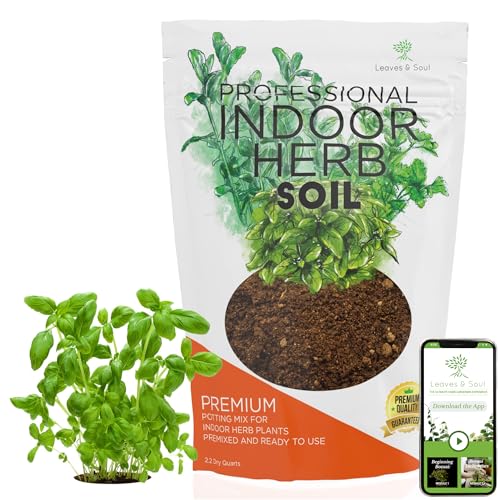Can you grow lemon balm indoors? Key growing conditions to get right for flourishing plants
Discover how to grow lemon balm indoors for year-round harvests of citrusy leaves


Lemon balm makes an excellent houseplant, bringing a touch of greenery and a glorious citrusy scent to an indoor space. It is a simple herb to grow but there are some important facets to get right to keep plants thriving year-round indoors.
To grow lemon balm indoors, plants can be bought from garden centers or grown from seeds or cuttings of existing clumps. Whichever option you choose, aspects like location, soil, watering, and feeding are vital to get right so your plants flourish.
Whether you want to use the fresh and fragrant leaves in teas, salads, cooking, baking, flavored water, or homemade ice cream, discover all you need to know to grow lemon balm indoors successfully.

How to care for lemon balm indoors
Lemon balm can make a fantastic houseplant, however, it is important to give it the right home to help it thrive.
Lemon balm can grow year-round as an indoor plant, or plants can be moved outdoors for the summer onto a patio or deck and back indoors to overwinter.
Plants have specific growing requirements as indoor plants, which differ from growing lemon balm in an outdoor herb planter year-round. Avoid making any indoor herb growing mistakes and discover the light, soil, watering, and fertilizing requirements to get right.
Light

Light levels are very important when growing lemon balm indoors. It needs at least 6-8 hours of sunlight a day to thrive, so choosing a bright spot with plenty of light is crucial. A bright windowsill facing south, south-west, or east can provide all the necessary light levels, however, too much direct sunlight can damage plants.
Design expertise in your inbox – from inspiring decorating ideas and beautiful celebrity homes to practical gardening advice and shopping round-ups.
As David Denyer, flower expert at Eflorist, warns: ‘While it can tolerate some direct sunlight, direct heat from the sun can scorch its leaves.’ While a plant can be rotated if leaves start to burn, choosing a spot that gets lots of bright, indirect light, rather than intense direct sunlight in summer, can prevent issues from leaf scorch.
Using plant stands for indoor plants, or indoor plant shelves, can help boost natural light levels by raising them to heights where they get the ideal light levels. During winter months, LED grow lights may be required to supplement the light and help care for houseplants in winter.

David Denyer has over 35 years of floristry experience and has won numerous accolades and awards. David has captivated audiences worldwide, showcasing his passion for floristry in Europe, China, Australia, and America. His captivating demonstrations have left a lasting impression on floral enthusiasts globally.
Soil

A good potting soil for herbs such as lemon balm will primarily be well-draining, as the plant does not like sitting in wet, soggy soil. A well-formulated potting mix labelled for herbs or vegetables will be a good choice. Alternatively, you can make your own potting mix by combining compost, coir, and vermiculite or perlite for added drainage.
The container can be made of many different materials, but there must be holes in the bottom for drainage to allow any excess water to escape. No drainage holes is a container gardening mistake that can lead to suffocated roots and dead plants.
Watering

Lemon balm prefers evenly moist soil, but not wet or waterlogged soil. David Denyer claims ‘watering is key to keeping your lemon balm happy and growing’ and adds: ‘The soil should be kept consistently moist for maximum growth. Allow the top inch of soil to dry out slightly between each watering to prevent the roots from rotting, so use your finger to check before watering.’
Using your fingers to gauge the moisture levels a few inches under the surface is recommended when watering plants in containers. If it feels moist, don’t water. If it feels dry then water, but not too much.
Alternatively, using a soil moisture meter, available at Amazon, can help you judge when to water house plants and avoid overwatering indoor plants. Plants can be watered from above with a watering can or below by sitting them in a container and allowing the soil to absorb moisture.
Feeding

Lemon balm does not need regular additional feeding when being grown outdoors, however, it will benefit from extra nutrients in an indoor container as it can use up all the goodness in the soil.
‘A balanced liquid fertilizer once a month during the growing season will help to keep the plant lush and vigorous,’ recommends David Denyer. ‘A nitrogen, phosphorus, and potassium mix, such as a 10-10-10 ratio - meaning it is balanced - is a good choice.’
Dedicated balanced houseplant fertilizers are either granular or liquid products. The former is mixed into the soil, while liquid feeds are water-soluble and applied when you water plants.
FAQs
Can I root lemon balm in water?
Fresh plant cuttings of lemon balm can be propagated in water to grow indoors. Take a 4-6 inch softwood cutting of fresh growth using clean and sharp pruning shears or scissors, remove the lower leaves, and place it in a glass of water. It should start to develop roots when kept in a bright location and can be planted in soil once the roots are a few inches long.
Can I grow lemon balm from seed indoors?
To grow lemon balm from seed indoors, sow seeds directly into pots and cover them lightly with soil. Keep them at a temperature of 65–70°F on a bright windowsill and the seeds should germinate quickly. Thin the seedlings as they develop so you have one strong lemon balm plant per pot.
Regularly pruning and harvesting lemon balm will keep plants compact and bushy. Once plants reach at least six inches tall, start snipping stems to use.
Harvesting often will prevent the plant from flowering, which causes the citrusy leaves to turn more bitter in flavor. Lemon balm is also notorious for self-seeding, so stopping flowers from forming - and deadheading any flowers that appear - removes the risk of the plant spreading to nearby containers.

Drew has worked as a writer since 2008 and was also a professional gardener for many years. As a trained horticulturist, he worked in prestigious historic gardens, including Hanbury Hall and the world-famous Hidcote Manor Garden. He also spent time as a specialist kitchen gardener at Soho Farmhouse and Netherby Hall, where he grew vegetables, fruit, herbs, and cut flowers for restaurants. Drew has written for numerous print and online publications and is an allotment holder and garden blogger. He is shortlisted for the Digital Gardening Writer of the Year at the 2025 Garden Media Guild Awards.

